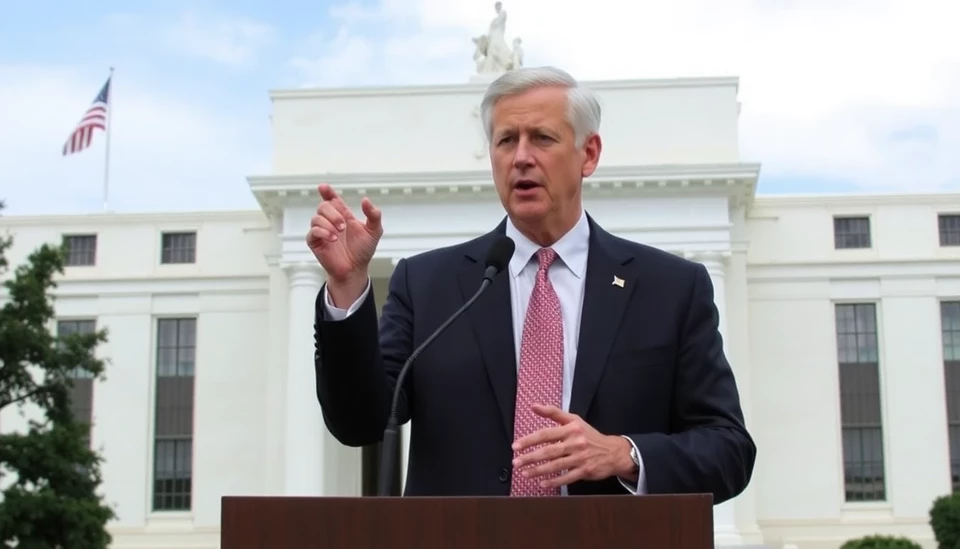
The PCE price index-the Fed's preferred gauge of inflation-is seen hitting the central bank's 2% target in early 2025. Economists at Bloomberg Economics said that the long period of above-target inflation may finally be approaching its end.
These inflation rates have deviated significantly from the targeted 2% by the Fed over the past couple of years, partly due to disruptions in supply caused by the pandemic, a shortage of labor, and an abrupt spurt in demand when the economies started opening up. The PCE price index, which the Fed is keeping a close eye on given its comprehensive view of the consumer-spending pattern, has been running above this target persistently and has further fueled speculations of prolonged policy tightening.
That would be a gradual deceleration, according to Bloomberg's forecast, and in line with Fed expectations and the overall objective of stabilizing prices without triggering a recession. The projection suggests a soft landing for the economy-one in which inflation trends downward without drastic economic slowdowns or large increases in unemployment rates.
Several factors make this quite a hopeful forecast: first, the resolving supply chains avoided price spikes for manufactured goods; second, the fact that though still tight, the labor market has also given some signs of loosening, which should eventually reduce upward pressure on wages, and consequently on prices. And lastly, the cumulative effect of Fed interest rate increases is expected to dampen consumer spending and business investment, decelerating inflation.
Yet, there are still uncertainties. For example, such projections could easily go off the rails as a response to external shocks such as geopolitical tensions or renewed supply chain disruptions. Moreover, much will depend on how well the Fed can continue the tightrope walk of containing inflation without sacrificing growth in the upcoming quarters.
Because of this expected alignment with a 2% target for inflation, data monitoring and policy adjustment is of essence to the Federal Reserve. The policymakers also declared an increase in commitment to using all instruments in the Toolbox to seek price stability while creating conditions favorable to maximum employment.
Going forward, market participants will keenly watch future inflation reports and Fed statements for any sign that the stance of policy is changing. The future path that the PCE price index takes will be a critical determinant of financial markets and economic strategies over the coming months.
Adding a new layer of optimism to the economic outlook, the forecast from Bloomberg Economics flows in: the Fed's preferred price gauge will meet the 2% goal by early 2025. This flags the chances that the economic environment will be in a form where the rate of price gain would have been contained without really sacrificing growth and jobs.
#FederalReserve #Inflation #PCEPriceIndex #EconomicForecast #MonetaryPolicy #InterestRates #BloombergEconomics #SupplyChain #LaborMarket #PriceStability
Author: Rachel Greene




